I realize this question already has an accepted answer but I wanted to offer one of my own as well to clarify.
The shield of the RS-485 cable should be connected to a low-impedance return path. Generally the ground (negative side of the battery) is used to connect to the shield. However, it is important that only one side of the shield is connected to ground. Otherwise you will create ground loops which could cause strange behavior in your circuit.
In the RS-485 systems I have worked on they are designed as follows:

(Please pardon the crudity of the drawing. My MS Paint skills are lacking)
As you can see the shield is tied to the ground at the supply (battery negative terminal) but the other end is floating. On the first "drop" (first device on the RS-485 bus) the shield on the input side is left floating but the shield on the output side is connected to ground. This is repeated all down the string so that each shield is independent of each of the other shields. This prevents ground loops and preserves signal integrity.
